25th Annual Meeting of the Working Group on Environment
The GMS WGA held its 25th meeting on 23 June 2020 via video conferencing.
The GMS WGA held its 25th meeting on 23 June 2020 via video conferencing.
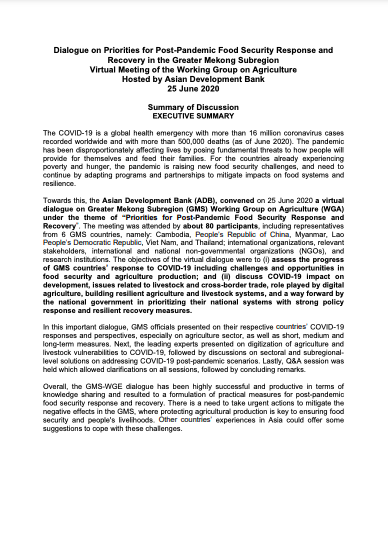
The GMS WGA held its 17th meeting on 25 June 2020 via video conferencing
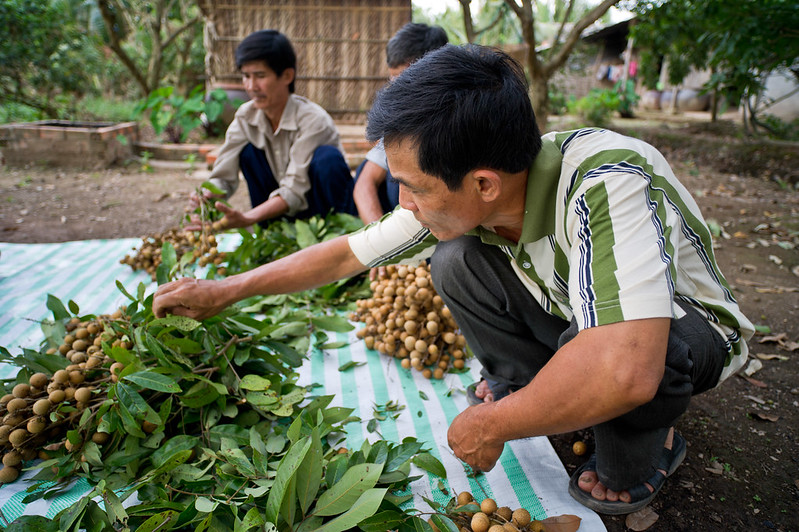
The Greater Mekong Subregion (GMS) Working Group on Agriculture (WGA) and their collaborators undertook pioneering work in the areas of food safety, quality assurance, and climate-friendly agriculture practices under the GMS Core Agriculture Support Program II.
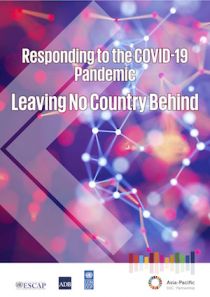
This report examines the implications of the coronavirus disease (COVID-19) pandemic for the Sustainable Development Goals, and opportunities for recovery.
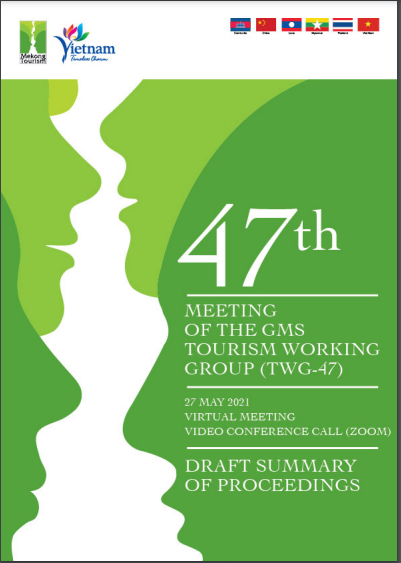
The Government of Viet Nam with assistance of the Mekong Tourism Coordinating Office (MTCO) virtually convened the 47th Meeting of the Greater Mekong Subregion (GMS) Tourism Working Group (TWG-47) on 27 May 2021. The meeting was attended by representatives of the National Tourism Organizations (NTOs) of the six GMS countries—Cambodia, the People’s Republic of China, Lao PDR, Myanmar, Thailand, and Viet Nam—the MTCO, and the Asian Development Bank (ADB).
The Asian Development Bank and the Nossal Institute for Global Health hosted a virtual meeting titled, “One Health in the Greater Mekong Subregion: Where are we now and where next?” on 3 June 2021 to share lessons learned in the use of multisectoral One Health approaches and priority actions identified under the TA 9571-REG: Strengthening Regional Health Cooperation in the Greater Mekong Subregion (GMS).
The Asian Development Bank is organizing an inception workshop for the ADB TA 9916 - Greater Mekong Subregion (GMS) Sustainable Agriculture and Food Security Program (SAFSP) on 9–10 June 2021 via web-based video conference. This knowledge and support technical assistance (TA), which runs for 5 years (April 2020 – March 2025), supports the implementation of the Strategy for Promoting Safe and Environment-Friendly Agro-Based Value Chains in the GMS and Siem Reap Action Plan, endorsed by the GMS Agriculture Ministers in September 2017. The TA builds on the achievements of the GMS Core Agriculture Support Program (CASP) phases I (2006-2012) and II (2012-2019).
Roads in Asia and the Pacific have brought us essential supplies and services, frontline workers, food and now vaccines. It is time to revive these vital arteries to prepare for economic recovery.
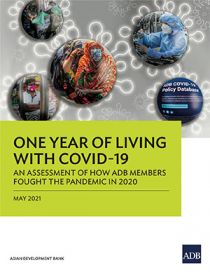
Using the ADB COVID-19 Policy Database, this report examines how ADB members have dealt with the pandemic. It includes information on the amounts of the packages announced by ADB members during 2020 to combat the effects of COVID-19.
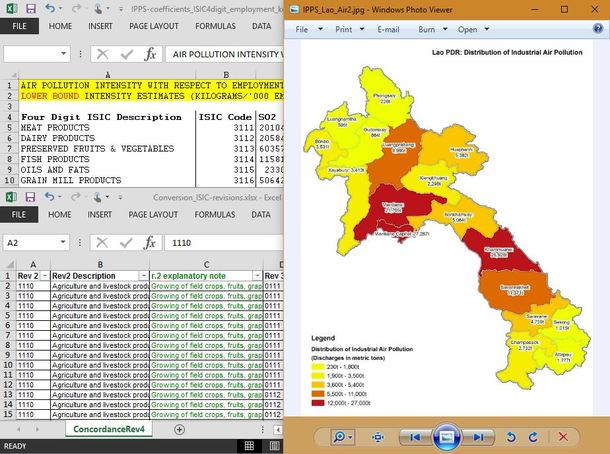
To enable national authorities to exercise efficient pollution control, assessment of the composition of the manufacturing sector of a country, and its geographic clustering, is a critical first step to identify hotspots of potential pollution to inform the development of national pollution control strategies, budgeting of monitoring and enforcement, and technology investments.